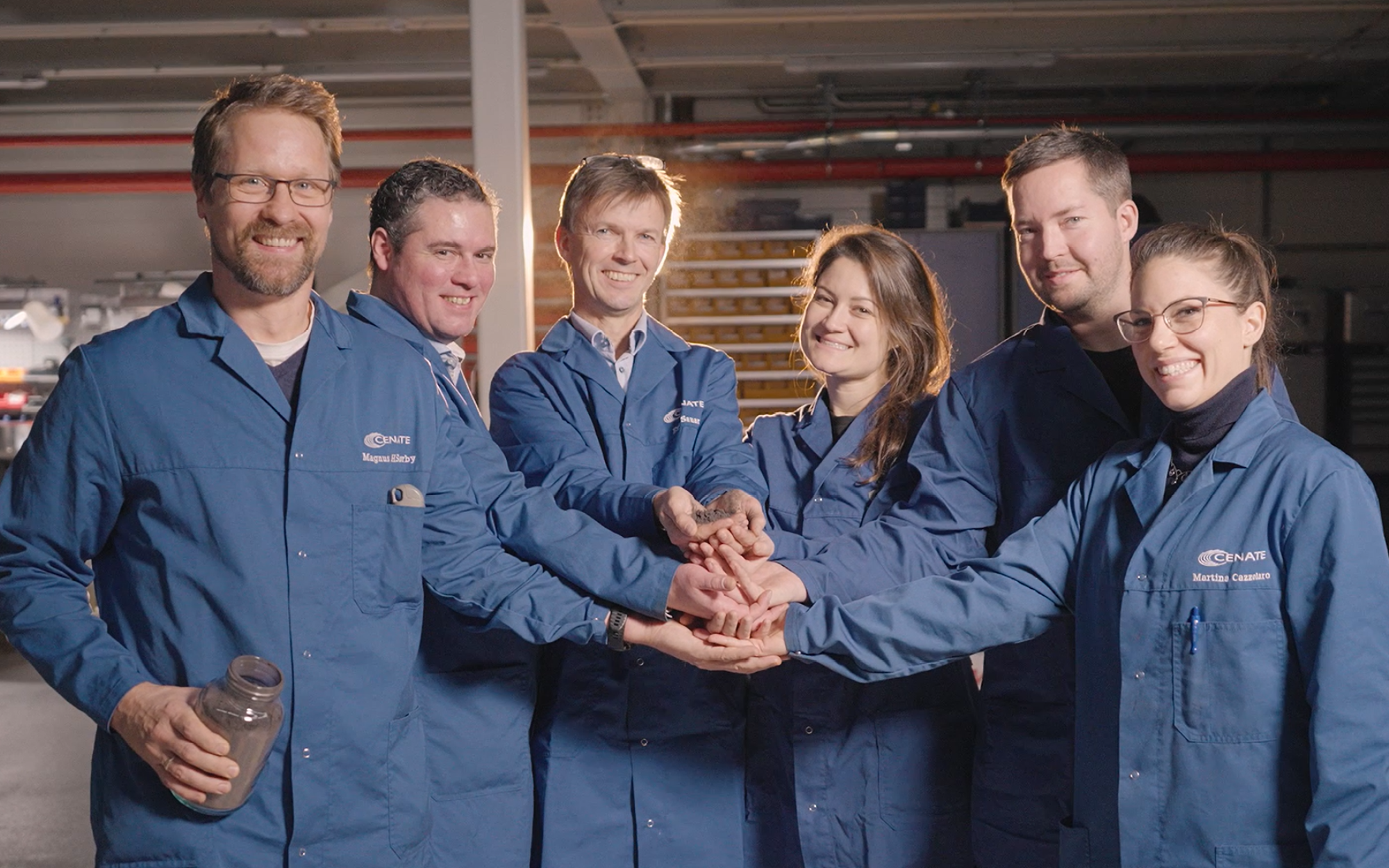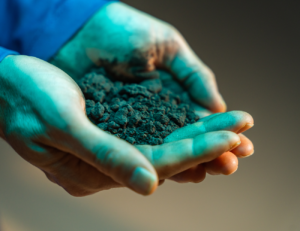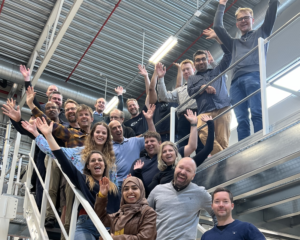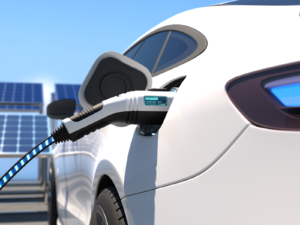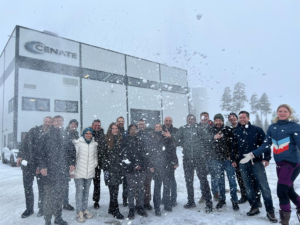The main purpose of the project is to further develop the durability of the product so that it will last longer than the life of a passenger EV, and potentially even survive the life of two EVs. By passing this milestone, Cenate can become the world’s first supplier of silicon anode material suitable for recycling. In best case the material can be used directly after a material separation process at a recycling plant, but more likely it can be used after a refurbishment at Cenate. Already at a partial success, however, the project can lead to large additional sales and large new climate gains related to potential use is EVs that need to drive longer distances.
-This project, even at partial success, may open up completely new and large markets for us such as trucks and buses, says Erik Sauar, CEO of Cenate. For these vehicles the typical passenger EV driving distance of 240 000 km is often done in just a few years. They also have very large batteries and represent an economic market opportunity of nearly the same size as the passenger EV market. Furthermore, since the production of graphite for today’s EV batteries represents the second largest CO2 emission source when making a Lithium-ion battery, the potential climate gain of this project can be counted in millions of tons of CO2, says Sauar.
